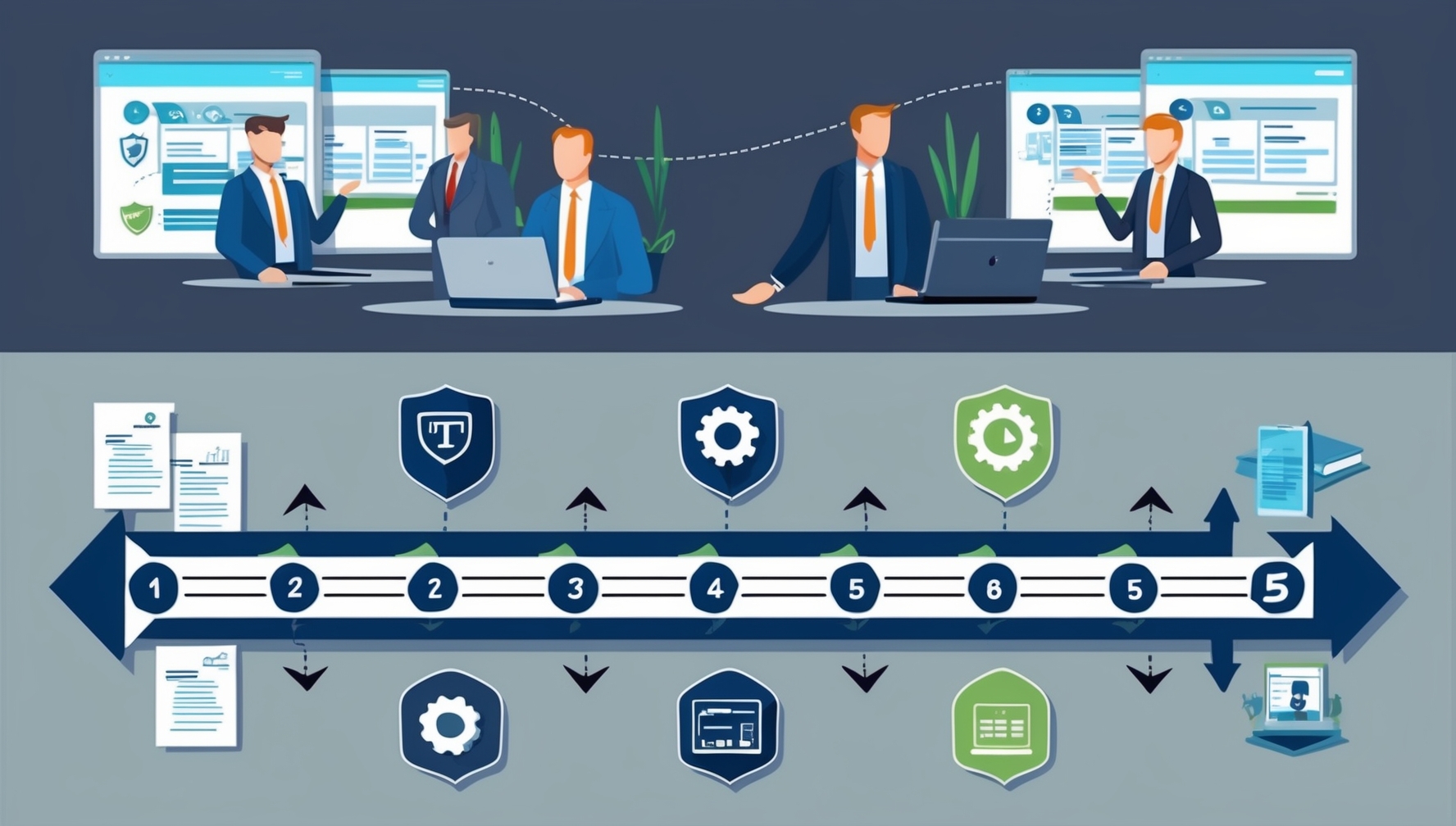When considering adoption, cloud computing introduces several risks that organizations should be aware of. Here are some common cloud computing risks:
Security Risks: Cloud computing environments can be vulnerable to security threats such as hacking, data breaches, and malware attacks. Organizations must implement appropriate security controls, such as access controls, encryption, and intrusion detection and prevention systems.
Data Privacy Risks: Cloud computing involves storing data in third-party data centers, which can introduce data privacy and compliance risks. Organizations must ensure that they have appropriate data protection measures in place, such as data encryption and data retention policies, and that they comply with relevant regulations such as GDPR, HIPAA, or PCI DSS.
Compliance Risks: Cloud computing can introduce compliance risks related to data privacy, data retention, and audit logging. Organizations must ensure that they comply with applicable regulations and have implemented appropriate compliance controls.
Vendor Lock-In Risks: Cloud computing environments can be difficult to migrate away from if an organization switches cloud providers or returns to on-premises infrastructure. Organizations need to ensure that they have a plan for migrating to a different cloud provider or bringing their workloads back on-premises if required.
Performance Risks: Cloud computing environments can be susceptible to performance issues related to network latency, data transfer speeds, and application performance. Organizations must ensure that they have appropriate performance monitoring and optimization measures in place.
Business Continuity Risks: Cloud computing can introduce business continuity risks related to service outages, data loss, and disaster recovery. Organizations need to ensure that they have appropriate backup and disaster recovery plans and have tested these plans to ensure they are effective.
By understanding these cloud computing risks, organizations can develop strategies to manage them effectively and ensure they leverage cloud technologies to their fullest potential. This can involve implementing appropriate security and compliance controls, optimizing performance and availability, and developing effective backup and disaster recovery plans.
The Cloud Computing Risk category within our CIO Reference Library is a curated collection of resources, articles, and insights focused on identifying, assessing, and mitigating risks associated with cloud computing initiatives. This category aims to provide IT leaders with the knowledge and guidance to develop and implement effective cloud risk management strategies that align with their organization’s unique requirements, objectives, and technology landscape.
In this category, you will find valuable information on a wide range of topics related to cloud computing risk, including:
An overview of the risks and challenges associated with cloud computing, such as security, compliance, data privacy, vendor lock-in, and performance and availability concerns.
Best practices for identifying, assessing, and prioritizing cloud computing risks within your organization, enabling IT leaders to make informed decisions and develop effective risk mitigation strategies.
Strategies for developing and implementing robust cloud risk management frameworks, policies, and processes that ensure the proper oversight, control, and mitigation of cloud-related risks.
Techniques for integrating cloud risk management into your organization’s broader IT risk management and governance structures, ensuring a cohesive and coordinated approach to risk mitigation across your entire technology landscape.
Insights into leveraging cloud security, compliance, and data protection measures to mitigate cloud computing risks, helping your organization safeguard its data and applications in the cloud.
Guidance on managing risks associated with cloud service providers, including the selection and ongoing monitoring of vendors, as well as the negotiation of service level agreements (SLAs) that address key risk factors.
Case studies and real-world examples of organizations that have successfully developed and implemented cloud computing risk management strategies highlighting the challenges, successes, and lessons learned along the way.
By exploring the Cloud Computing Risk category, IT leaders can better understand the principles, techniques, and strategies underpinning effective cloud risk management. This knowledge will enable you to develop and implement robust cloud risk management strategies for your organization, ensuring the successful adoption, migration, and management of cloud-based technologies and services and minimizing the potential risks and challenges associated with cloud computing.

